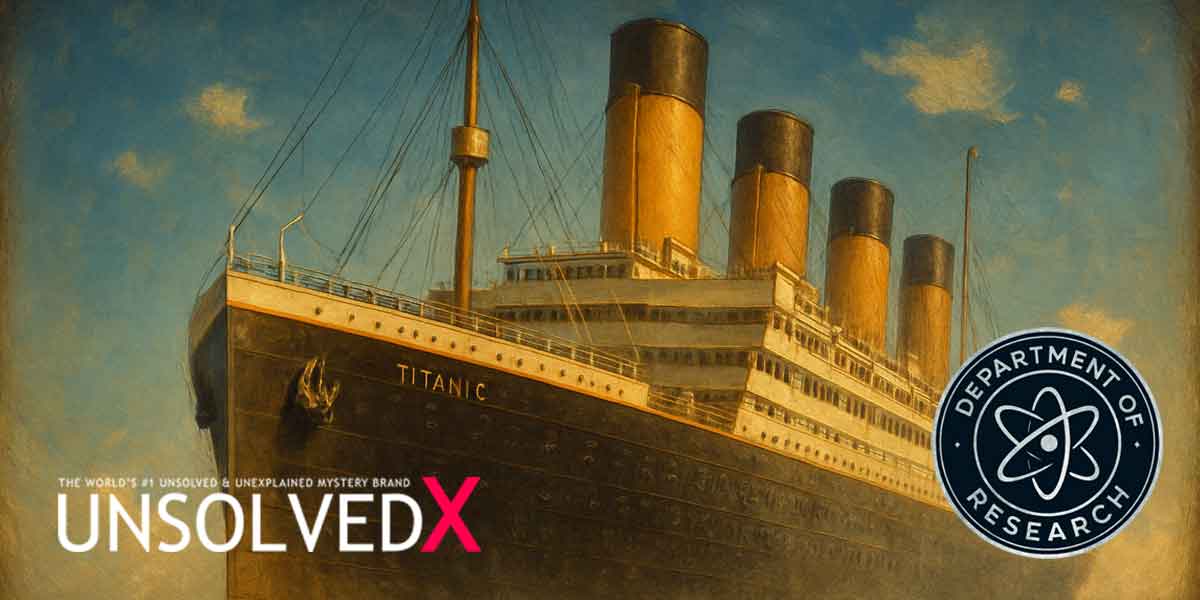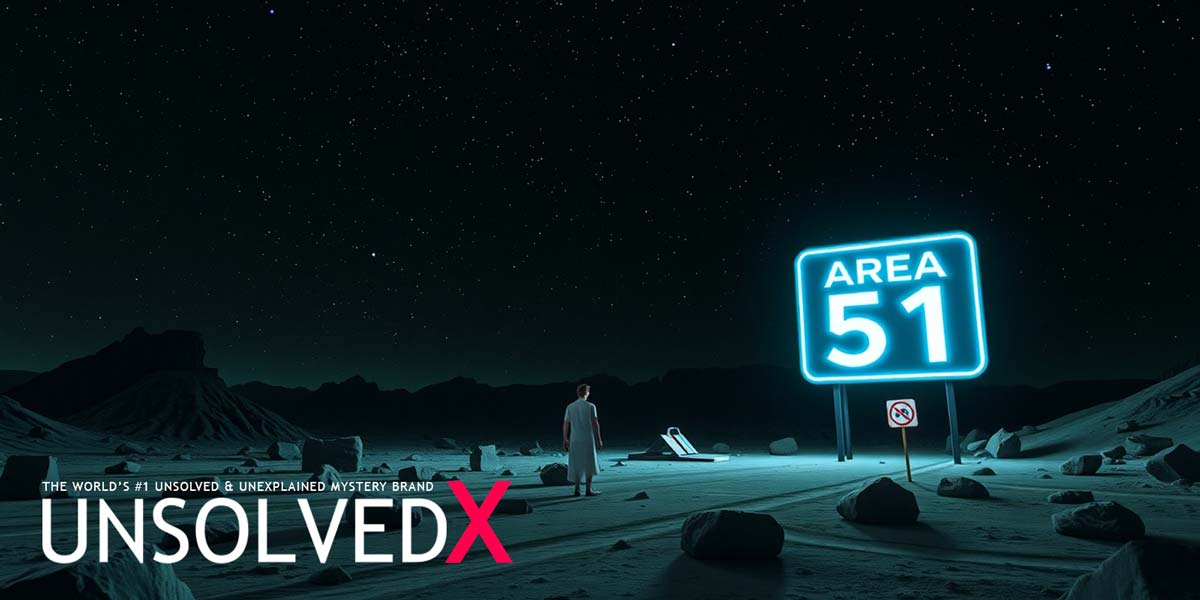Origins of a Modern Hoax
The claim that a camera containing photographs from the Titanic’s 1912 sinking was found in the wreck has captured imaginations online. Sensational headlines, like “Old Camera Found In The Deep Ocean Reveals Horrifying Titanic Photos,” suggest a device preserved haunting images of the disaster. This appears to be a revived fabrication from Floor8's rumor starting in 2020, using a manipulated frame from James Cameron’s 1997 film Titanic, altered to mimic a black-and-white photo. This was also discovered by Snopes. No evidence supports the recovery of such a camera, and the ad’s reliance on fictional imagery underscores its deceptive intent. The myth persists due to the Titanic’s emotional weight, amplified by clickbait exploiting public curiosity about the tragedy.
Misinterpretations of related imagery have fueled the hoax. A 1996 painting by Ken Marschall, featured on Life Magazine’s 1997 cover, depicts the ship sinking and has been mistaken for a photograph. A Full Fact article from November 2020 clarified that this is artwork, not a recovered image, with Marschall’s signature visible. Such confusions, combined with the allure of lost Titanic artifacts, have kept the camera myth alive, despite no credible reports from the wreck site or historical records confirming such a find.
The Limits of 1912 Photography
Photography in 1912 was far from today’s instant, light-sensitive technology. The Kodak Brownie, a popular portable camera, used film requiring ample light and long exposures. A Quora discussion from July 2023 notes that the Titanic sank at 2:20 a.m. on April 15, 1912, in near-total darkness, amidst chaos as passengers fled to lifeboats. Cameras like the Vest Pocket Kodak, with a maximum aperture of f/7.7, were ill-suited for night photography, making it nearly impossible to capture images during the sinking. The practical and environmental barriers—darkness, panic, and cold—explain why no photographs from the disaster itself exist.
While some passengers likely carried cameras, only post-disaster images survive. Bernice Palmer, a passenger on the RMS Carpathia, which rescued 705 survivors, used her Kodak Brownie to photograph the iceberg suspected of striking the Titanic and survivors aboard the Carpathia. These photos, preserved at the National Museum of American History, are the closest visual records to the event but were not taken on the Titanic. A Smithsonian article from 2013 confirms these were post-rescue images, highlighting the absence of onboard photography and debunking claims of a camera recovered from the wreck.
Scientific and Expedition Evidence
The Titanic wreck, discovered in 1985 by Dr. Robert Ballard’s team from the Woods Hole Oceanographic Institution, lies at 12,500 feet in the Atlantic. Over 30 expeditions, including a 2024 mission by RMS Titanic, Inc., have explored the site, capturing millions of images and recovering artifacts like a bronze statue, but no cameras or film from 1912. A Reddit thread from March 2024 on r/titanic notes that the ocean’s extreme pressure (over 6,000 psi) and corrosive seawater would destroy cellulose nitrate film, common in 1912, rendering images unrecoverable. The 1985 expedition used the Argo system, and a 2022 Magellan Ltd. scan mapped the wreck in 3D, yet neither found photographic equipment.
The absence of a camera in expedition records, combined with the scientific improbability of film preservation, confirms the myth’s falsehood. For those eager to explore Titanic history, the Woods Hole Oceanographic Institution offers resources on the wreck’s discovery, while the Titanic Museum in Belfast showcases authentic artifacts through guided tours. The camera story, though compelling, is a modern fabrication, unsupported by evidence and driven by internet sensationalism, much like myths surrounding other maritime mysteries, such as the Bermuda Triangle’s exaggerated disappearances.








Comments
Comments section coming soon!